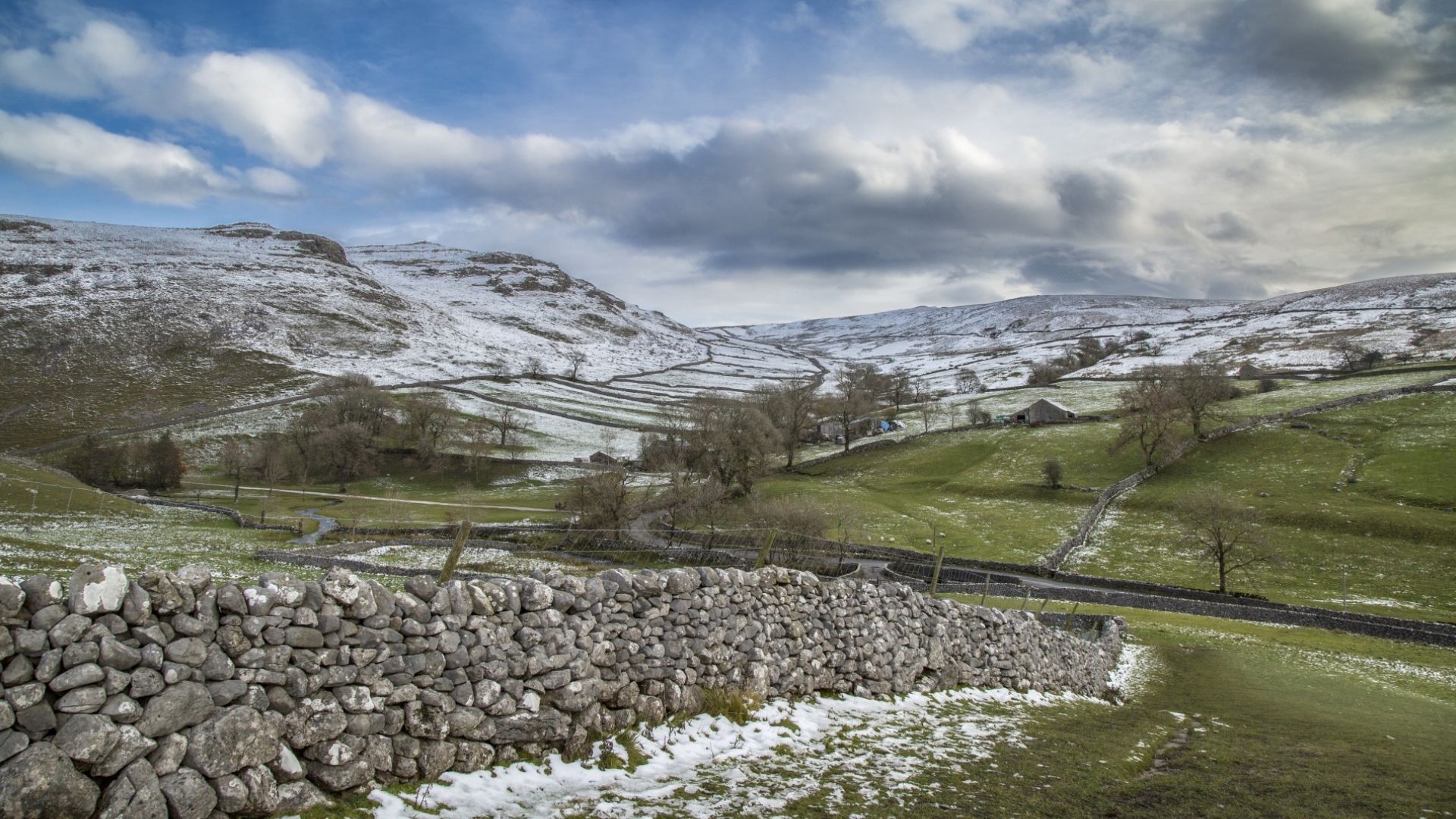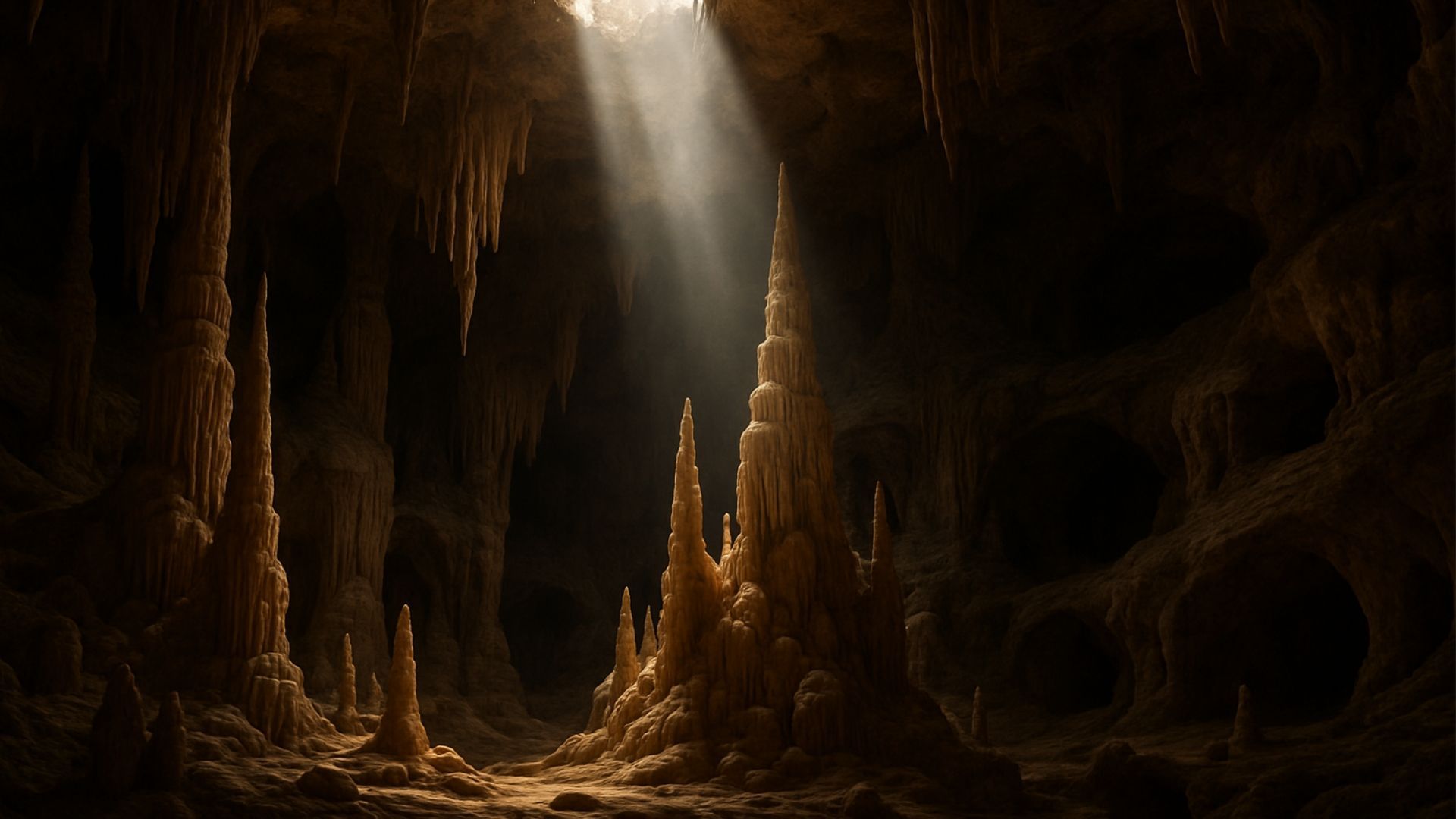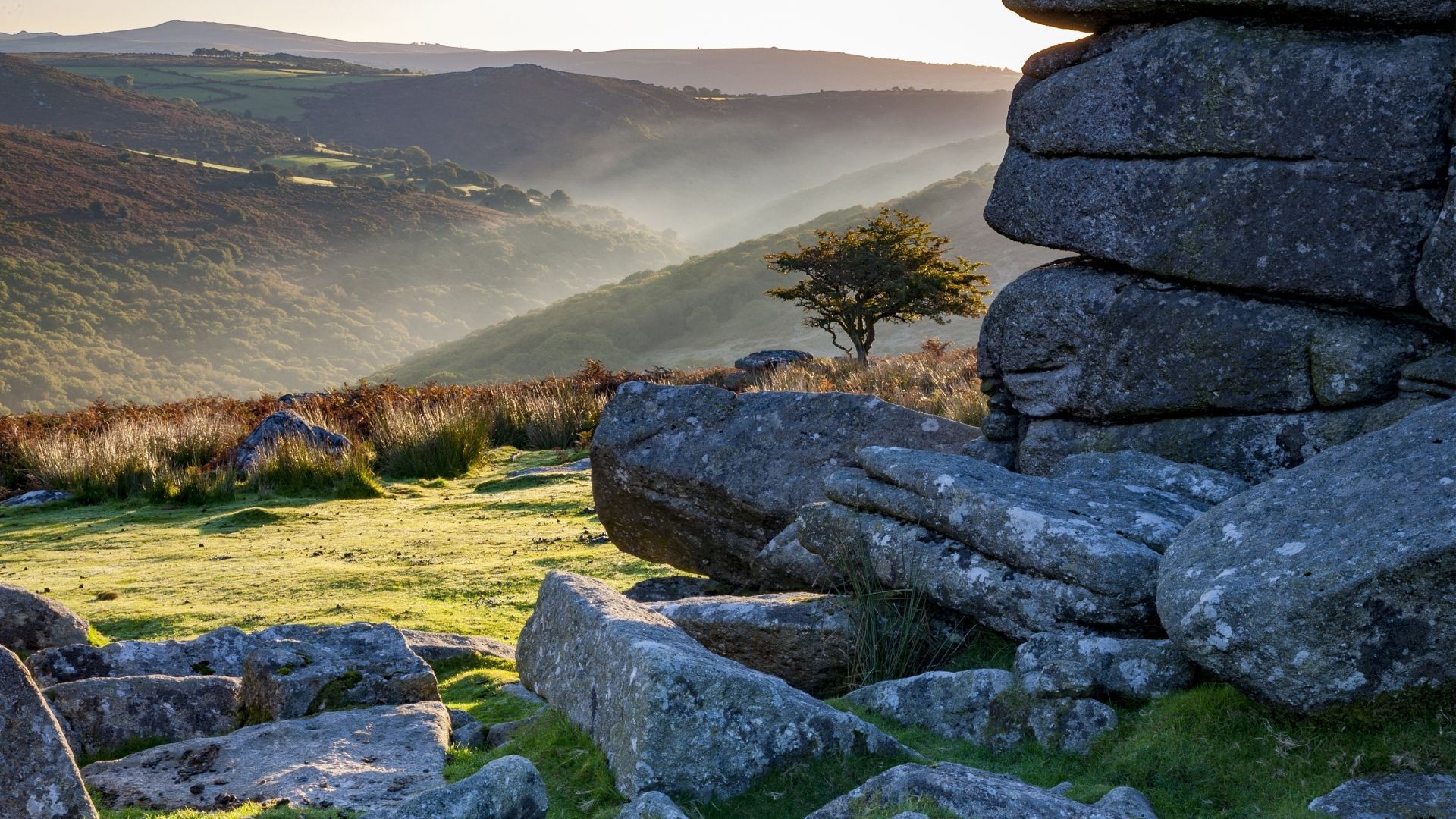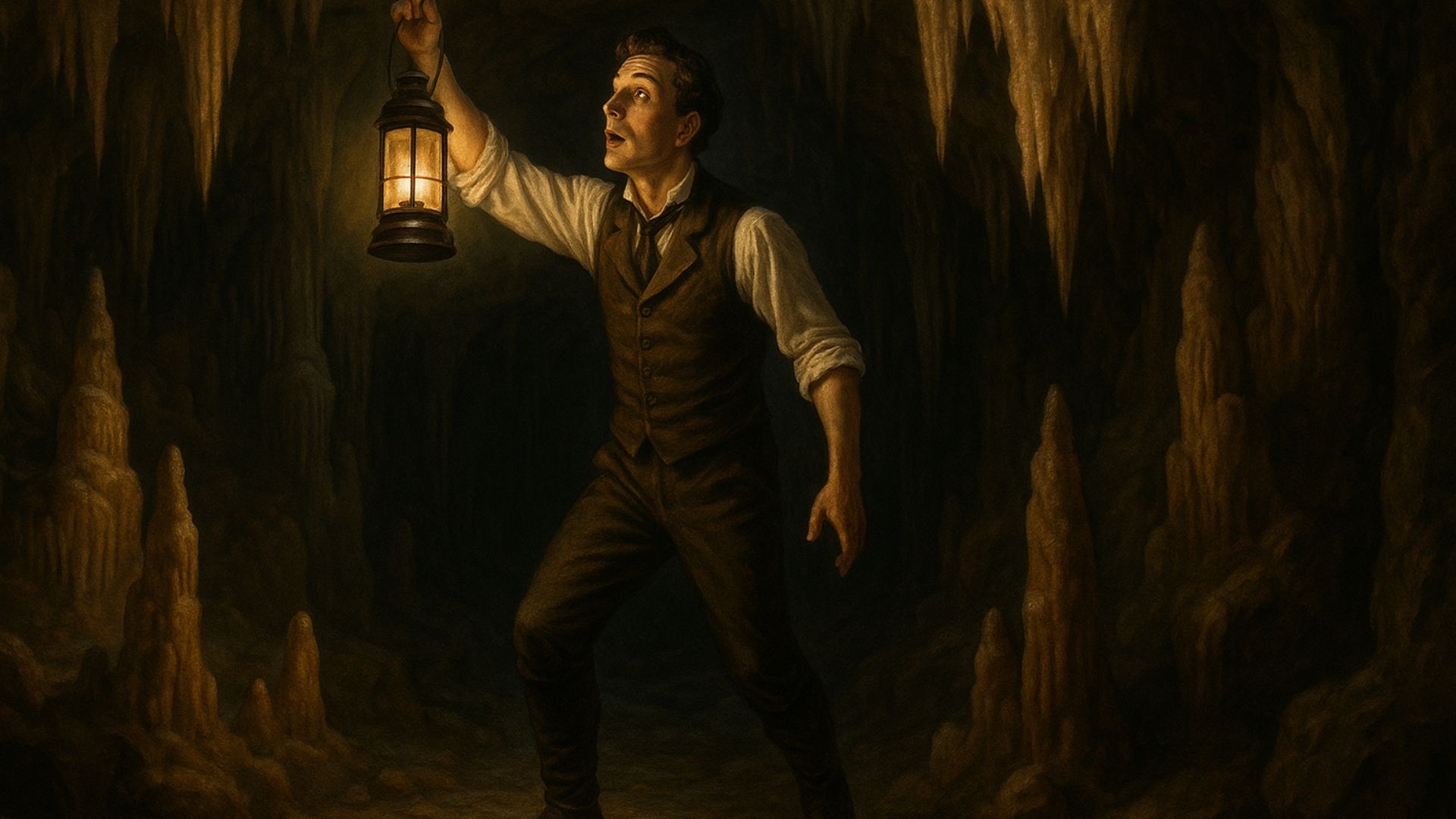Capturing caves in 3D: the art and science of photogrammetry
Photogrammetry creates 3D models of the real world. Find out about Stump Cross Caverns' digital twin.
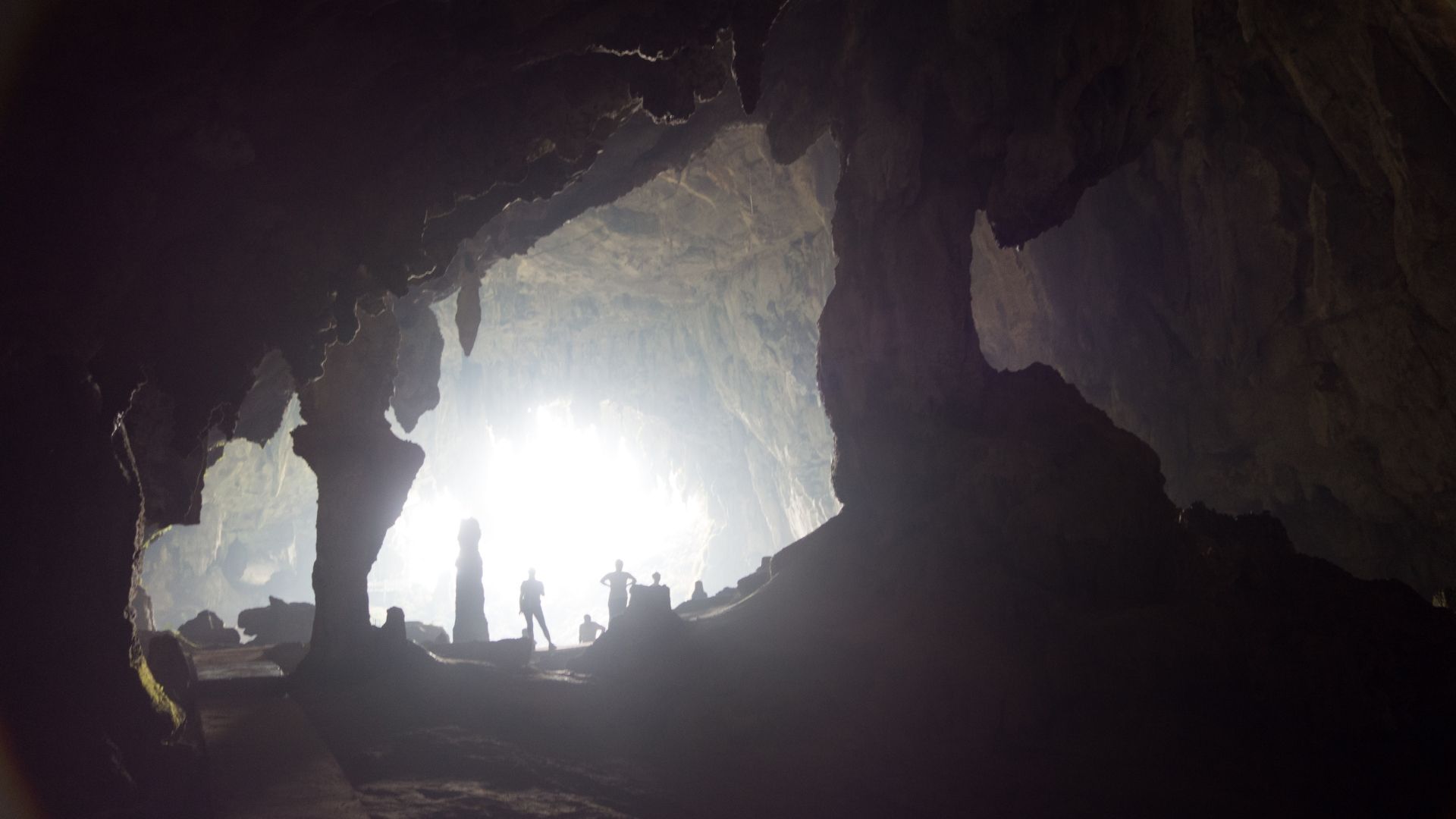
For centuries, scientists have been working hard to create accurate maps of the world's cave systems.
It's one of the cornerstones of speleology: the study of caves. It helps scientists with their studies, sheds light on the caves' origins and helps show caves like ours with route-finding.
These cave surveys have come a long, long way since the first surviving cave plan was made in 16th-century Italy. We've gone from 2D paper maps based on educated guesses to accurate computer-aided design.
But perhaps the most exciting advance in recent years has been photogrammetry. This is where photographs are stitched together to create 3D digital twins that can be explored on a device.
Here at Stump Cross Caverns, we were delighted when digital marketing agency Apollo 3D expressed an interest in creating a digital twin of our network.
More of that later, but first – what is photogrammetry? And how does it work? To answer these questions, we need to take a brief tour of the history of cave mapping.
Cave mapping for beginners
People have been exploring caves for millennia. However, the earliest known survey dates from the 16th century.
We don't know exactly how these early surveys were carried out, and we don't know how many examples have been lost in the mists of time. However, scientists and historians believe that there was a fair amount of guesswork involved.
Cave mapping picked up steam in the 19th century thanks to Édouard-Alfred Martel, the "father of modern speleology".
Martel was a man with a mission. He wanted the world to take caves as seriously as he did – and he saw accurate cave mapping as integral to his success.
Martel would map out caves with an assistant, who would walk ahead of him. When the assistant fell out of view, Martel would measure the distance between them and take a compass reading. These measurements would then be painstakingly stitched together to create a more-or-less accurate map of a cave.
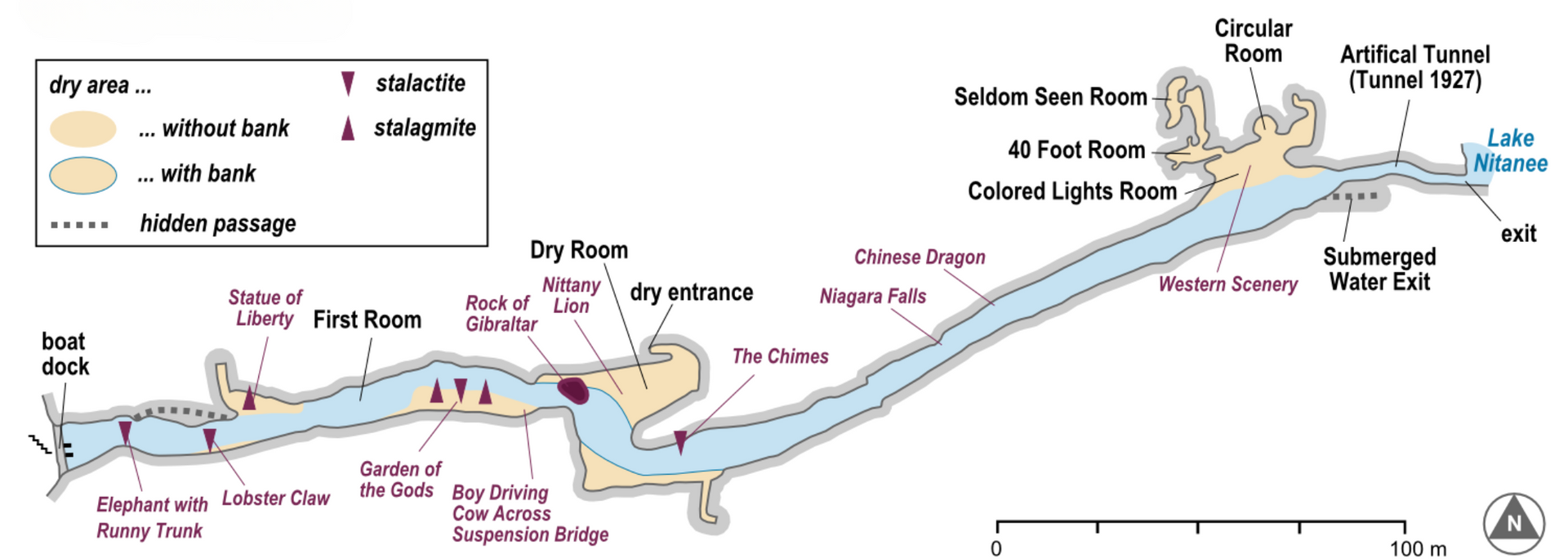
These methods are used to this day. Nowadays, however, cave mappers use digital tech such as distometers. These innovations have meant that 21st-century cave mapping has primarily been computer-aided.
A 3D cave mapper has to carry a lot of equipment. But what if you could get a similar result without all that gear? What if you could just take photos? Enter photogrammetry.
What is photogrammetry?
Ever looked up a restaurant or house on Google Street View? You're presented with an accurate digital model of the real world. This is photogrammetry: a 3D twin created out of still images.
Photogrammetry isn't new. In 1849, the French scientist Aimé Laussedat carried out an architectural survey of a hotel in Paris using a collage of photos. Today, the photos are more detailed and can be stitched seamlessly together with software.
Photogrammetry isn't the same as 3D scanning, which measures distances with lasers. Instead, it uses simple photographic images to create a 3D digital twin of a location.
What did Apollo 3D do at Stump Cross Caverns?
Apollo 3D worked with us to create a
digital twin of the caves.
At Stump Cross, we pride ourselves on giving any and every visitor a warm Yorkshire welcome. But some people simply can't make it down the 65 stone steps into the caverns. Apollo 3D provided a solution to that problem.
Now, anyone can explore the caves from the comfort of their own homes, regardless of mobility or accessibility issues. Apollo 3D's tech makes it a photorealistic tour, with every stalactite and stalagmite shown in detail.
Their work has provided other benefits, too. We're currently
raising funds to upgrade the lighting in the caves. Apollo 3D's digital twin helps us decide how much cabling we need and how to install it most effectively.
And then there's the simple fact that a lot of our caverns aren't open to the public – either because of safety issues, accessibility issues or because they contain formations that would be damaged if exposed to the open air.

Digital twins mean these can now be open to the public in virtual form. To this end, Apollo 3D created a digital twin of The Keep: a cave filled with splendid white stalactites that hasn't been open to the public for many years.
This photogrammetric representation of the caves is a testament to their geological wonders – and to what digital twin technology can now achieve.
You can
see Apollo 3D's work for yourself here.
What's next for cave mapping?
Could photogrammetry be just the beginning? When it comes to cave mapping, there are exciting developments in AI, AR and VR.
AI company
NVIDIA, for instance, is "developing AI techniques that rapidly generate 3D scenes from a small set of images". This could enable cave surveyors to map out caves that are partly or wholly inaccessible to humans.
Then there's augmented reality (AR). This is where digital objects are superimposed on the real world. In the future, you could walk around a cave system pointing your smartphone or tablet at objects and being provided with scientific and historical data, directions and safety warnings.
This information would be superimposed on the caves – a blending of the digital and the real that could make the experience even more informative and interactive for visitors.
Finally, there's virtual reality (VR). Like AR, VR blends the real and the digital. But VR is much more immersive. If you put on a VR headset, you can feel like you're in a different location.
VR would allow people in other parts of the world and people with accessibility issues to explore the caves safely. And as digital twin technology improves, these experiences could become more and more immersive.
We can't wait to see where photogrammetry technology takes us next. In the meantime, if you're looking for
historical places to visit in Yorkshire, why not swing over to Stump Cross Caverns? After all, nothing beats seeing our ancient cave system in person. It's quick and easy to
book your tickets online.

